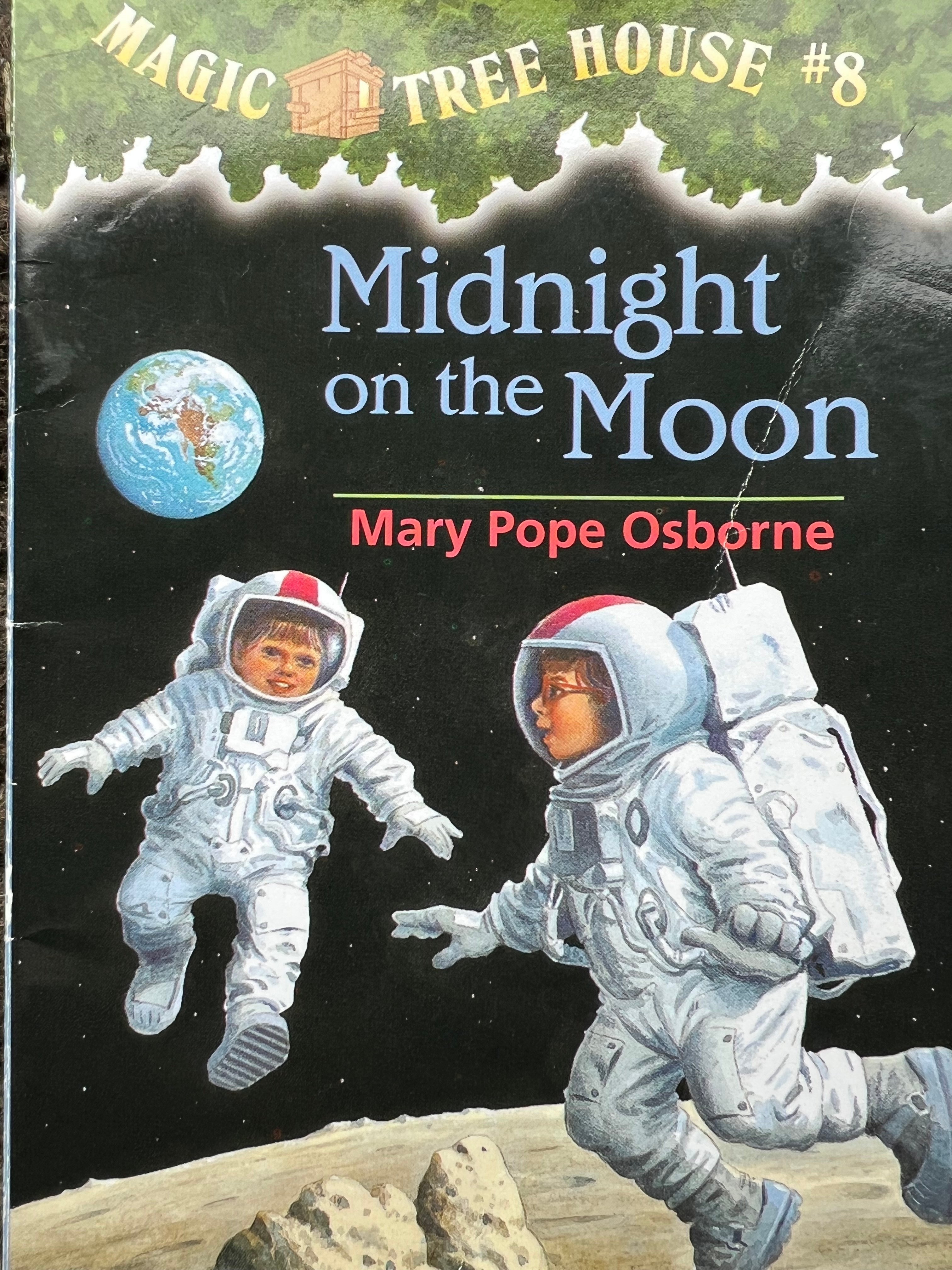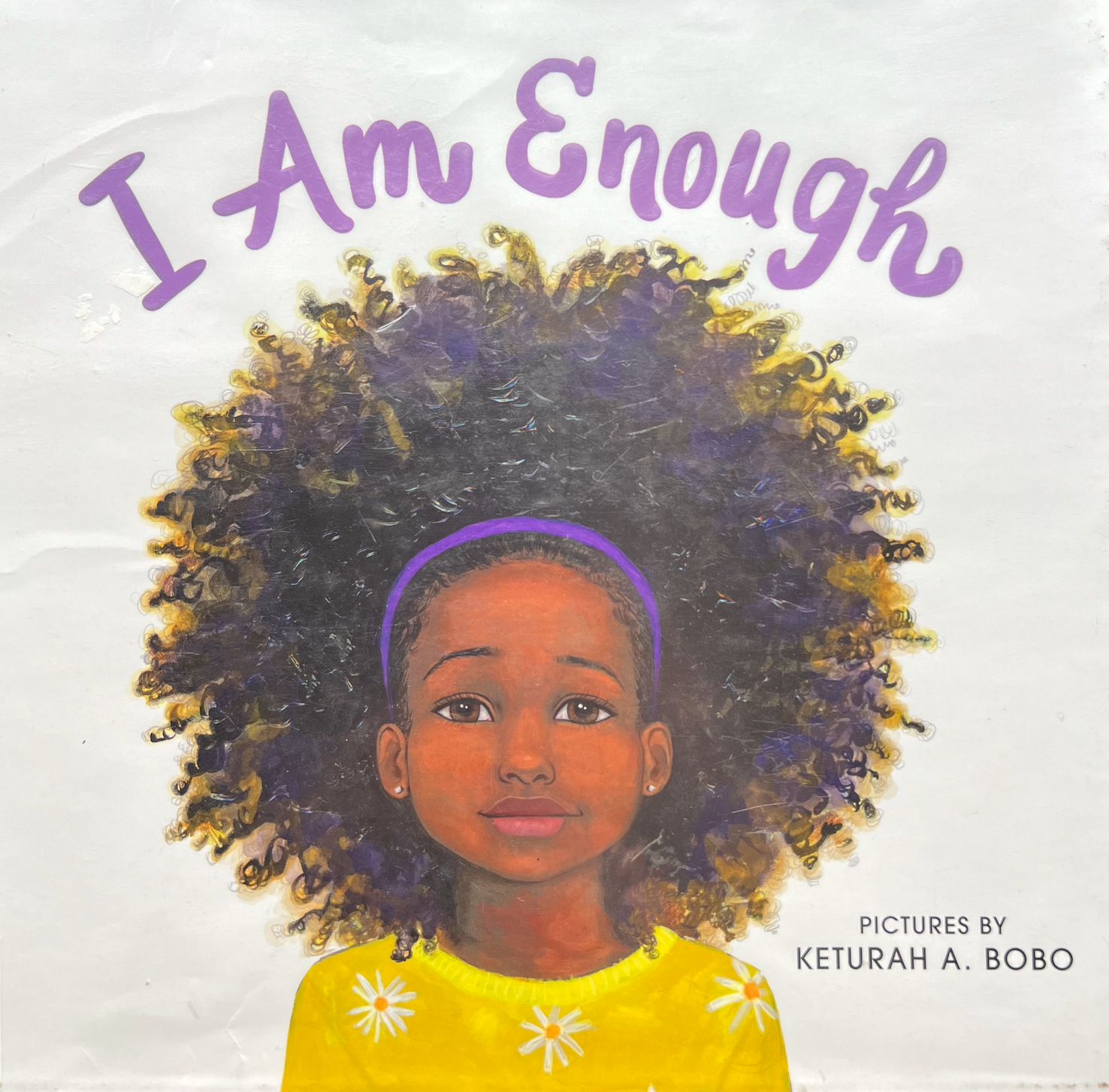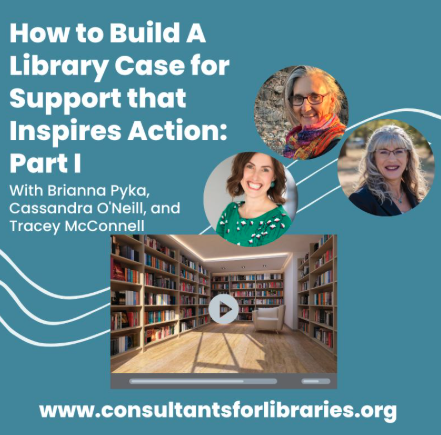Engaging Your Library Board in Fundraising: 10 Practical Tools
- 8 mins
Your library board members are passionate advocates for your mission, but when it comes to fundraising, even the most dedicated volunteers can feel uncertain or overwhelmed. The good news? With the right tools and approach, you can transform your board from reluctant participants into confident fundraising champions who genuinely enjoy supporting your library's growth.
At Fundraising for Libraries, we've seen countless boards make this transformation through our proven strategies. The key isn't pushing board members into uncomfortable situations—it's providing them with practical, approachable tools that build their confidence and match their individual strengths. Here are 10 proven strategies that will help your board embrace fundraising as a natural extension of their library advocacy.
1. Start with a Development Audit Together
Before asking your board to jump into fundraising activities, invite them to participate in a comprehensive development audit of your current efforts. This collaborative approach helps board members understand where you are, where you're going, and how they can contribute meaningfully.
Use this opportunity to review existing donor relationships, assess your communication strategies, and identify gaps in your fundraising approach. When board members participate in this assessment, they gain valuable context and feel more invested in the solutions. Plus, their fresh perspectives often reveal opportunities you might have missed.
Start your development audit by asking your board key questions such as:
- "What stories do we tell about our library's impact that resonate most with you?"
- "Who in our community do you think would be surprised to learn about our funding challenges?"
- "What giving opportunities would you personally find most meaningful?"
These questions help identify both messaging opportunities and potential prospects while engaging board members in solution-focused thinking.
A development audit becomes even more powerful when board members see it as a learning experience rather than a judgment of past efforts. This sets the foundation for all future fundraising activities and helps board members understand that successful fundraising is about systematic approaches, not random asks.
2. Create Personalized Engagement Profiles
Not every board member will be comfortable making major gift asks, and that's perfectly okay. Develop individual engagement profiles that match each member's comfort level, skills, and network. Some board members excel at writing thank-you notes, others shine at community events, and a few might be natural major gift prospects themselves.
By creating these personalized approaches, you eliminate the one-size-fits-all pressure that often paralyzes boards. Instead, each member can contribute in ways that feel authentic and achievable, building confidence that grows over time. Consider creating a simple assessment that helps board members identify their preferred fundraising activities, from behind-the-scenes research to face-to-face conversations.
To develop these profiles effectively, ask each board member:
- "What type of community involvement brings you the most energy and satisfaction?"
- "When you think about supporting organizations you care about, what motivates you most - the mission, the relationships, or the tangible impact?"
- "In your professional or volunteer experience, what role do you naturally gravitate toward in group projects?"
These questions reveal natural strengths and preferences that can guide their fundraising involvement.
Remember, the goal is sustainable engagement. When board members feel successful in their chosen roles, they're more likely to expand their comfort zones naturally as their confidence grows.
3. Implement a Board Giving Strategy
Board giving isn't about the amount—it's about participation and leadership. Establish a clear expectation that 100% of board members contribute financially to the library, whether through annual gifts, memorial donations, or legacy commitments. This demonstrates unity and commitment to potential donors.
Focus on creating a culture where giving is seen as a natural expression of board service rather than an additional burden. When board members see their own investment in the library's mission, they become more comfortable inviting others to join them. Consider implementing a board giving campaign that celebrates participation rather than dollar amounts, making it inclusive for members at all financial levels.
This approach also provides board members with personal experience as donors, helping them understand the donor journey and speak authentically about the importance of community support.
4. Develop Compelling Case Statements Together
Your board members are your best advocates, but they need the right words to share your story effectively. Work together to develop case statements that resonate with different audiences—from major donors to community foundations to local businesses.
This collaborative process helps board members internalize your library's impact and gives them confidence to speak about your needs in their own authentic voice. When they've helped craft the message, they're much more likely to share it enthusiastically. Create multiple versions of your case statement tailored to different giving levels and donor interests, ensuring board members have options that feel appropriate for various situations.
Practice sessions where board members role-play sharing these case statements can build confidence and help them find their natural speaking style. The more comfortable they become with your library's story, the more naturally fundraising conversations will flow.
5. Create Donor Stewardship Opportunities
Many board members feel more comfortable with donor stewardship than with initial asks. Develop meaningful ways for board members to thank and engage existing donors through personalized notes, special events, or behind-the-scenes library tours.
These stewardship activities build relationships that naturally lead to future giving opportunities. Board members often discover they enjoy these interactions, which gradually increases their comfort with broader fundraising activities. Create a stewardship calendar that provides regular opportunities for board engagement, from quarterly donor appreciation events to monthly thank-you note writing sessions.
Consider pairing board members with long-term donors for ongoing relationship building. These partnerships often develop into genuine friendships that strengthen your donor base while giving board members positive fundraising experiences that build their confidence for other activities.
6. Establish a Major Gifts Development Process
Create a structured approach to major gifts that involves board members at appropriate levels. Some might help identify prospects, others could facilitate introductions, and your most comfortable members might participate in cultivation meetings or solicitation visits.
The key is removing the mystery from major gifts development. When board members understand the process and see their specific role within it, the work becomes less intimidating and more achievable. Provide templates and training materials that walk board members through each step of the major gifts process, from initial research to final stewardship.
Remember that major gifts often take 12-18 months to cultivate, which gives board members time to build relationships naturally. This patient approach reduces pressure and allows authentic connections to develop, making the eventual ask feel like a natural next step rather than an uncomfortable confrontation.
7. Build Legacy Giving Awareness
Board members are often ideal candidates for legacy giving conversations. They understand your library's long-term goals and have the life experience to consider planned giving options. Start by educating your board about various legacy giving vehicles and their benefits, both for donors and the library.
Many board members become your first legacy donors, which creates a powerful foundation for approaching other community members about planned giving opportunities. Their personal commitment makes them credible advocates for this important funding stream. Consider bringing in a planned giving expert to speak with your board about the various options available, from simple bequests to more complex charitable remainder trusts.
When board members understand legacy giving personally, they can speak authentically about its benefits and help identify other community members who might be interested in creating lasting legacies through your library.
8. Design Effective Volunteer Engagement Systems
Your board members know other community volunteers who might support your library. Create systems that make it easy for board members to identify, invite, and engage potential volunteers who could eventually become donors.
This approach feels natural to most board members because it starts with community connection rather than financial asks. As these relationships develop, fundraising conversations emerge organically from shared commitment to your library's mission. Consider establishing a volunteer engagement committee comprised of 3-4 board members who can focus specifically on building your volunteer base.
This committee should meet monthly to review volunteer opportunities, plan recruitment strategies, and coordinate volunteer appreciation efforts. By creating a structured approach to volunteer engagement, you give board members clear roles and regular opportunities to connect with potential supporters in comfortable, mission-focused settings.
9. Develop Recurring Giving Programs
Monthly giving programs are perfect for board member involvement because they're approachable and sustainable. Board members can easily explain the impact of regular giving and often feel comfortable inviting friends and family to join them in monthly support.
To develop an effective recurring giving program, start with these three essential steps: First, determine your monthly giving levels and corresponding benefits - consider options like $10, $25, $50, and $100 monthly gifts with clear explanations of their annual impact. Second, create simple enrollment materials including online forms, printed brochures, and talking points that board members can use in personal conversations. Third, establish a recognition and stewardship plan specifically for monthly donors, including quarterly updates and annual appreciation events that board members can help host.
Create simple tools that help board members share your recurring giving opportunities through their personal networks. The ongoing nature of these gifts creates lasting relationships that benefit your library for years to come.
10. Create Endowment Fundraising Strategies
Endowment giving represents the ultimate expression of confidence in your library's future. Board members who understand your endowment strategy become powerful advocates for long-term sustainability.
Develop clear endowment fundraising approaches that board members can understand and support. Many board members are in life stages where endowment giving makes sense for their own financial planning, making them both advocates and prospects for this crucial funding source.
Create a talking points document that helps board members discuss endowment giving confidently. Structure it with four key elements: the purpose (why your library needs an endowment for long-term stability), the impact (how endowment income will enhance services and programs), the opportunities (various ways people can contribute, from direct gifts to planned giving), and the recognition (how endowment donors will be honored and remembered). This framework gives board members a clear roadmap for endowment conversations while allowing them to speak in their own authentic voice about your library's future needs.
Moving Forward with Confidence
The transformation from reluctant board to enthusiastic fundraising team doesn't happen overnight, but it does happen when you provide the right tools, training, and support. Remember that fundraising isn't about pressuring people—it's about creating opportunities for your community to invest in something they value.
Your board members already believe in your library's mission. These practical tools help them translate that belief into sustainable funding that ensures your library can inspire and serve your community for generations to come. When you approach fundraising as a natural extension of library advocacy rather than a separate, intimidating activity, your board will surprise you with their enthusiasm and effectiveness.
The key is starting where your board feels comfortable and building their skills gradually. With patience, practical tools, and personalized approaches, you'll discover that your board members become some of your library's most effective fundraising champions. Success comes from consistent implementation rather than perfect execution, and every small step forward builds the foundation for lasting fundraising success.
Remember, sustainable fundraising isn't about quick fixes or one-time campaigns—it's about building systems and relationships that support your library's mission for years to come. Your board members are essential partners in this journey, and with the right approach, they'll embrace their role as fundraising advocates with confidence and enthusiasm.




